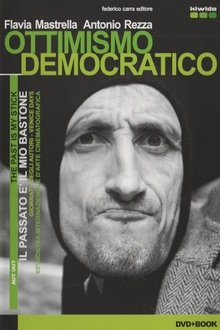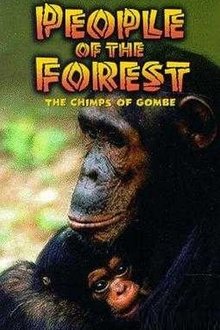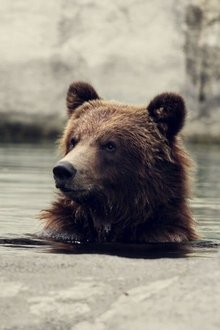An interconnected look at tradition, colonialism, property, faith, and science, as seen through labor practices that link an endangered salamander, mass-produced apples, and the evolving fields of genomics and machine learning.
Related Movies
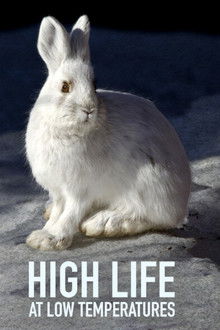
High Life at Low Temperatures (2017)
The summits and sheer mountain ridges of Austria’s "Little Siberia" funnel the freezing air from snow-covered peaks into a gigantic hollow – a high-level plateau at 1,000 metres from which it cannot escape: Lungau is Austria’s coldest region. Creeks and streams start higher here, and create bogs, moors and countless alpine lakes. Summer is short but lively, as eagles rear their precious young and ermines eat their fill before the sparse winter returns, while black alpine salamanders give birth to live miniature versions of themselves beneath the tree-line.
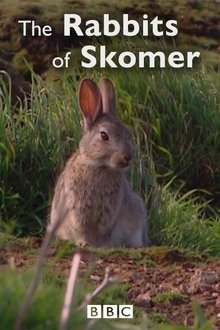
The Rabbits of Skomer (2006)
Wild rabbits share the sea cliffs on the island of Skomer, off the Pembrokeshire coast, with seabirds like puffins and seagulls. They come in many shades, owing to their intriguing history, and each spring the island of Skomer itself is transformed by wild flowers, creating one of Britain's most beautiful natural spectacles. The green and brown island turns blue and pink for a couple of spectacular weeks under a carpet of bluebells and red campion.
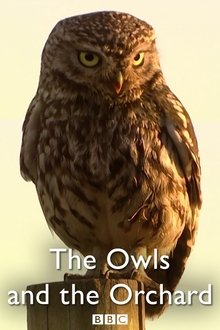
The Owls and the Orchard (2005)
A devoted pair of little owls set up home in an old orchard in rural Herefordshire. From spring blossom to autumn apples, a year in the life of the parent birds, their baby owls and the old fruit trees.

West Coast Otters (2005)
Two otters, a mother and daughter, are inseparable as the cub faces the dangers of her first Scottish winter, and Mum works hard to ensure both survive. Never more than a few feet apart, cub and mum exhibit a very special relationship as the cub grows up, learning how to fish and fend for herself on the idyllic west coast of Scotland.
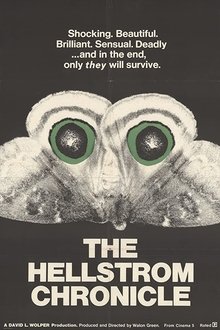
The Hellstrom Chronicle (1971)
A scientist explains how the savagery and efficiency of the insect world could result in their taking over the world.
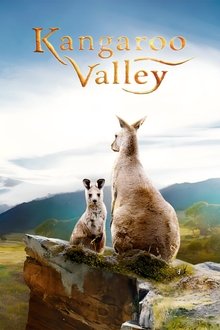
Kangaroo Valley (2022)
Journey to a secret valley in Australia, where a nervous baby kangaroo named Mala faces hungry dingoes and winter snows in this coming-of-age adventure.
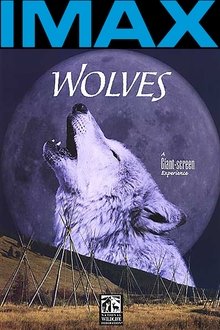
Wolves (1999)
A look at the great wolf debate with comments and views from people on both sides. It also contains footage of Natives dressing up & doing tribal dances. The link between wolves, bison, and Native Americans; as well as white man's reasoning behind their determination to eliminate bison and wolves from the landscape.
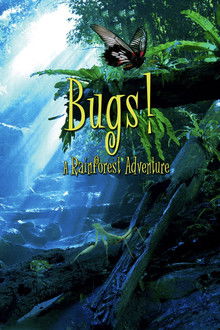
Bugs! (2003)
Explore the extraordinary hidden world of insects, where a leaf weighs more than a car, rain drops feel like exploding hand grenades and a blade of grass soars like a skyscraper. Shot on location in the Borneo rainforest, Bugs! brings the beautiful and dangerous universe of its tiny stars up close and personal with cutting-edge technology that magnifies them up to 250,000 times their normal size.

Coral Reef Adventure (2003)
Coral Reef Adventure follows the real-life expedition of ocean explorers and underwater filmmakers Howard and Michele Hall. Using large-format cameras, the Halls guide us to the islands and sun-drenched waters of the South Pacific to document the health and beauty of coral reefs. Featuring songs written and recorded by Crosby, Stills & Nash.
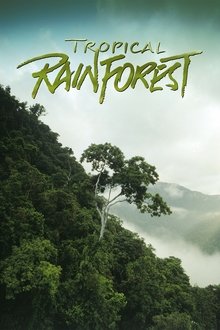
Tropical Rainforest (1992)
The story of the evolution of tropical rain forests, their recent and rapid destruction, and the intense efforts of scientists to understand them even as they disappear. This film gives viewers a better appreciation of the importance of tropical rain forests on a global scale.
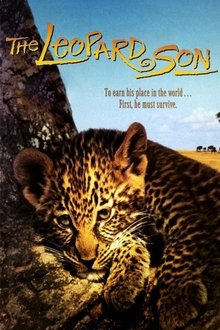
The Leopard Son (1996)
The true story of the birth, growth and coming of age of a leopard cub in Africa's Serengeti plain. The journey of "The Leopard Son" begins at his mother's side where he discovers, through play, essential skills for survival in the wild. As it is with humans, there inevitably comes the day when a child must leave his mother to go out on his own.
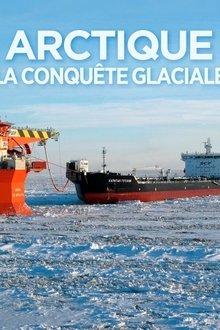
Arctique, la conquête glaciale (2015)
Dark fears over the North Pole. Long sheltered from large-scale industrial exploitation, the Arctic is now at risk of becoming the last El Dorado for major oil companies. This, combined with the melting of ice caused by global warming, poses enormous ecological risks: the impact of an oil spill, for example, would be incomparably more serious in this extreme climate than in any other part of the world.

I Needed Color (2017)
Jim Carrey exhibits his talent as a painter and reflects on the value and power of art.
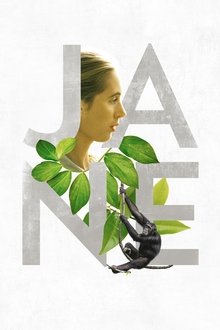
Jane (2017)
Drawing from never-before-seen footage that has been tucked away in the National Geographic archives, director Brett Morgen tells the story of Jane Goodall, a woman whose chimpanzee research revolutionized our understanding of the natural world.
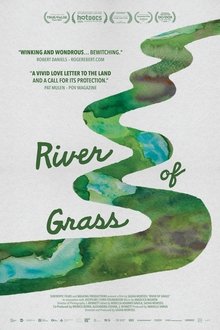
River of Grass (2025)
An ode to the Florida Everglades, past and present, told through the prescient writings of Marjory Stoneman Douglas and those who today call the region home.

Notes of Resistance and Erasure (2021)
This experimental short traces the lifespan of the graffiti and murals present at the occupation of NYC’s City Hall in June and July of 2020. The encampment formed to demand the abolishment of the NYPD and the reallocation of its resources to housing, education, and other social programs.
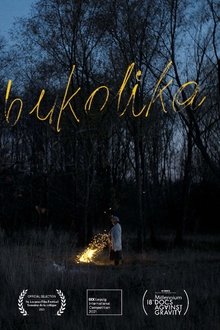
Bucolic (2021)
Danusia and her daughter Basia live far away from the modern world, in tune with the rhythm and laws of nature, among animals and the spirits of the dead. The peace and sense of security offered by their enclave come at a price - the women increasingly long for contact with other people. Bucolic is an affectionate observation of people who live in a different way. It evokes a curiosity about their world and a desire to take a closer look.
